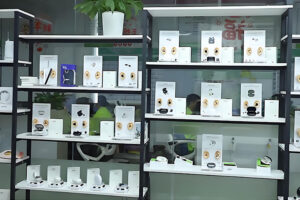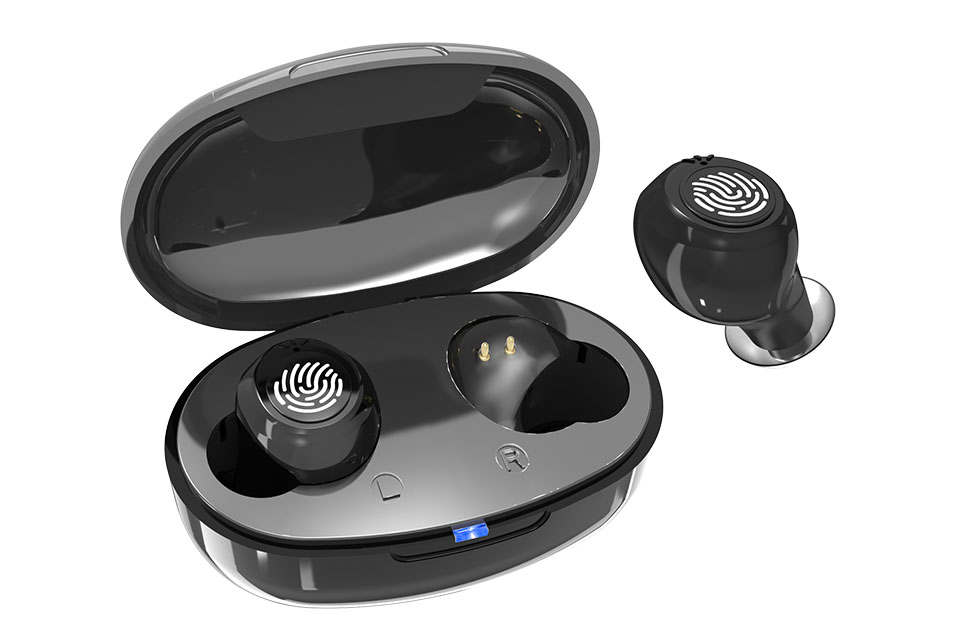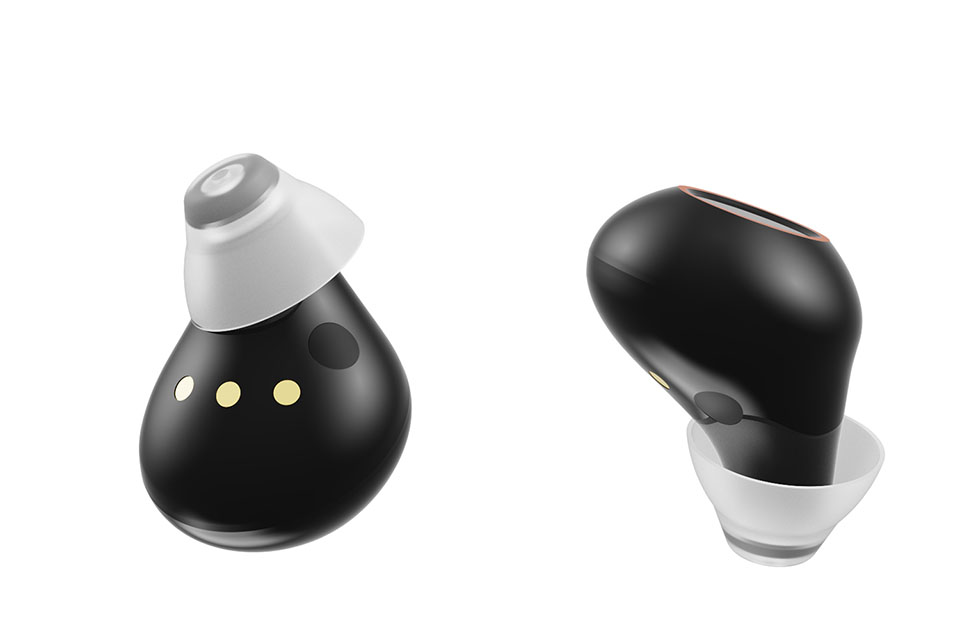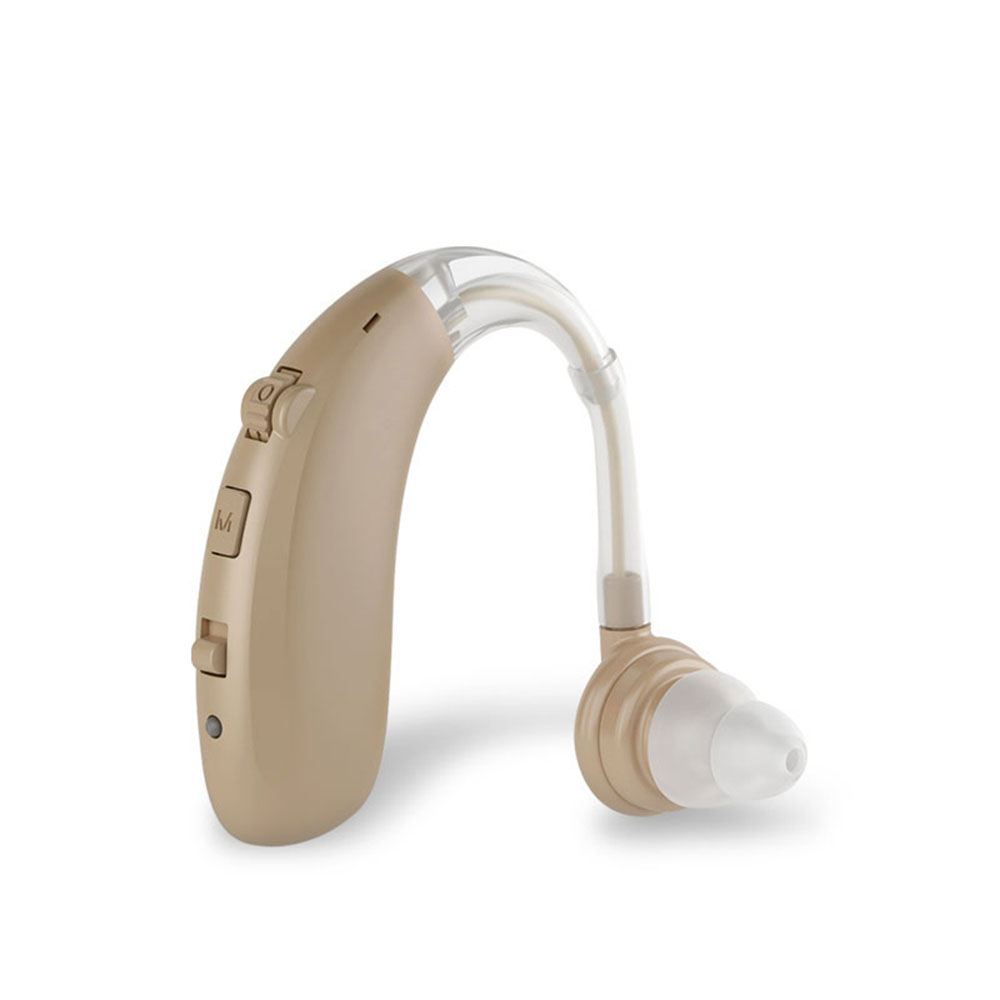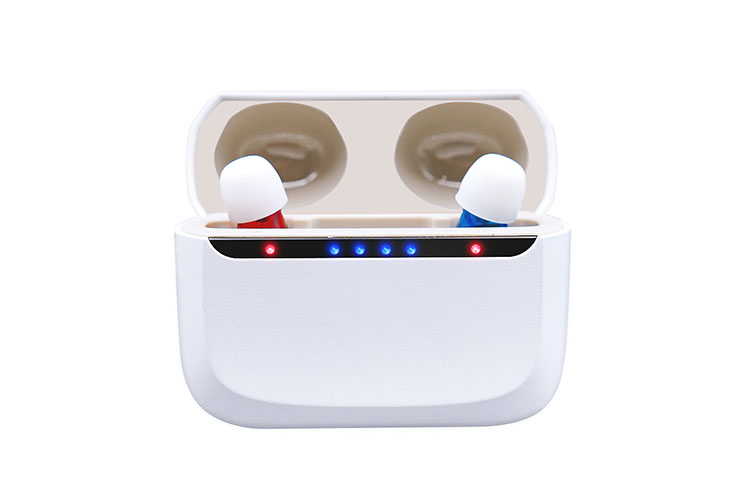1. Evolution of Digital Hearing Aids
Digital hearing aids have transformed from bulky, analog devices to sleek, AI-powered solutions. In the early 2000s, digital signal processing (DSP) chips replaced analog circuits, enabling clearer sound and noise reduction. By 2010, wireless connectivity (Bluetooth) and rechargeable batteries made them more user-friendly.
Today, digital aids dominate 90% of the market, thanks to:
- Better sound quality – Filters background noise, enhances speech.
- Smaller designs – Invisible-in-canal (IIC) and completely-in-canal (CIC) models.
- Smartphone integration – Adjust settings via apps like Phonak’s myPhonak.

2. Core Technological Advancements (Last 5 Years)
Recent innovations have pushed digital hearing aids into the mainstream:
AI & Machine Learning
- Real-time noise reduction – AI distinguishes speech from background noise.
- Personalized soundscapes – Learns user preferences (e.g., Oticon More).
Miniaturization & Power Efficiency
- Invisible designs – CIC and IIC models fit deep in the ear canal.
- Rechargeable batteries – Last 24+ hours (e.g., Signia Styletto).
Bluetooth & Smart Features
- Direct streaming – Connects to phones, TVs (e.g., Starkey Livio AI).
- Health tracking – Monitors steps, heart rate via apps.
3. Market Adoption Drivers
Global Demand
- Aging populations – 1 in 3 over 65 have hearing loss (WHO).
- Stigma reduction – Sleek designs make them more socially acceptable.
Regional Trends
- U.S. – OTC Hearing Aid Act (2022) lowered costs.
- Europe – Strong insurance reimbursement policies.
- Asia – Rising middle class boosts demand for affordable digital aids.
4. Digital vs. Alternatives
| Feature | Digital Hearing Aids | Analog Hearing Aids | Cochlear Implants |
|---|---|---|---|
| Sound Quality | Best (AI-enhanced) | Basic amplification | For severe loss |
| Cost | $500–$3,000 | $100–$500 | $30,000+ |
| Best For | Mild-to-moderate loss | Budget users | Profound deafness |
5. Regulatory & Economic Catalysts
- U.S. FDA OTC Rule – Made hearing aids cheaper without prescriptions.
- Insurance coverage – Medicare Advantage now covers some models.
- China’s manufacturing boom – Factories like ours produce 3M+ units yearly.
6. Consumer-Centric Innovations
- Self-fitting tech – Apps like Jabra Enhance adjust settings at home.
- TWS (True Wireless Stereo) – Dual earbuds for natural hearing.
- Noise reduction – Blocks wind, traffic, and chatter.

7. Future Trends
- EEG integration – May detect brain signals for better sound tuning.
- Predictive adjustment – AI anticipates noisy environments.
- Cybersecurity risks – Bluetooth hacking concerns need addressing.
Why Choose Our OEM/ODM Services?
- ISO-certified factory – Producing 3M+ units annually.
- Advanced tech – Bluetooth, DSP chips, rechargeable designs.
- Custom solutions – From BTE to invisible CIC models.
Need a reliable supplier? Explore our BTE Hearing Aids Wholesale or Invisible Hearing Aids OEM.
This report combines the latest industry insights with our manufacturing expertise to guide your next move in the hearing aid market.

